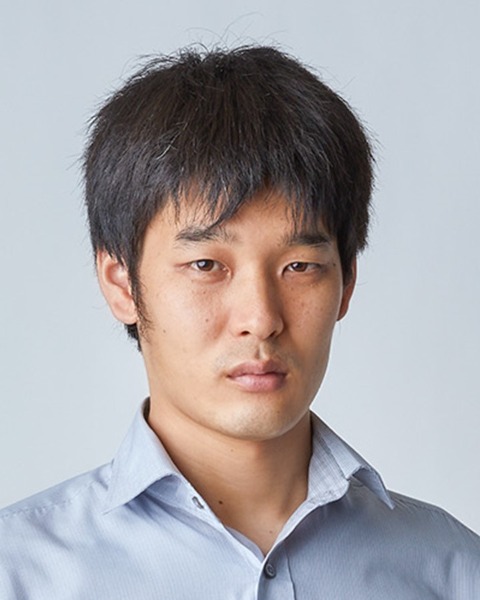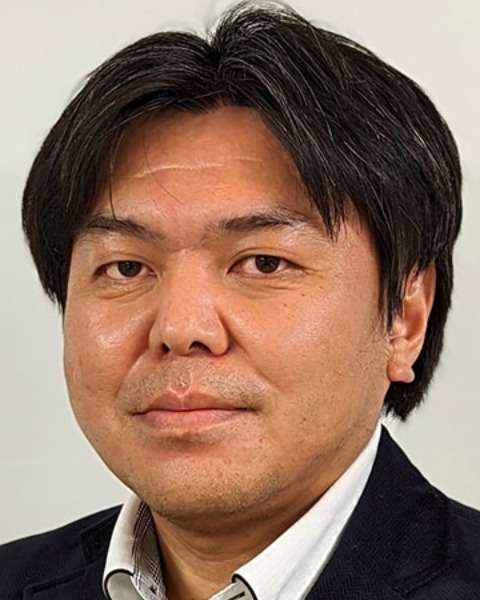2024 Posters
Industrial Oil Products
Clarification of controlling factors for efficient catalyst-free selective oxidation of glycerol using nonthermal atmospheric pressure plasma
- YN
Yuya Nakagaki
Graduate student
Tohoku University, Japan - TC
Tsutomu Chida
Graduate student
Tohoku University
Sendai, Miyagi, Japan 
Kousuke Hiromori, PhD (he/him/his)
Assistant Professor
Tohoku University
Sendai, Miyagi, Japan- NS
Naomi Shibasaki-Kitakawa
Professor
Tohoku University, Japan - SS
Shota Sasaki
Assistant Professor
Tohoku University, Japan 
Atsushi Takahashi, PhD
Associate professor
Tohoku University
Sendai, Miyagi, Japan
Presenting Author(s)
Co-Author(s)
Selective oxidation of glycerol is reported to proceed efficiently in the presence of precious metal-supported catalysts such as gold, producing glyceric acid, a pharmaceutical raw material. This selective oxidation is more challenging because oxygen addition to specific sites proceeds while maintaining its carbon skeleton. On the other hand, there are concerns about the economics and sustainability because of the use of precious metals. Aiming to resolve these problems, we found that, as a catalyst-free approach, the oxygen addition proceeds by irradiation of nonthermal atmospheric pressure plasma. In this plasma irradiation, reactive oxygen species are known to change depending on the operating conditions. Controlling the generation of these species may lead to more efficient selective oxidation.
In this study, to establish a controlling methodology, we examined the effect of operating factors on oxidation behavior of glycerol. We varied the type of plasma source gas (PSG), water addition to PSG, oxygen partial pressure in PSG, and the initial dissolved oxygen concentration and pH in the reaction solution. The experimental results showed that using argon as PSG increased the conversion from 35% to 43%, and the yield of the desired glyceric acid from 4.4% to 7.8%, compared to using helium. However, adding H2O or O2 to PSG, as well as adjusting the initial dissolved oxygen concentration, did not positively affect the desired selective oxidation. In contrast, we found that varying pH drastically changed the product composition. Under basic conditions, glyceric acid is formed by oxygen addition, whereas under neutral conditions, dehydrogenation, another challenging selective oxidation, proceeds to produce glyceraldehyde and dihydroxyacetone. Therefore, changing pH leads to shift the predominant reactive oxygen species from those functioning in dehydrogenation to those involved oxygen addition, which is an important knowledge for selective oxidation under plasma irradiation.

.jpg)